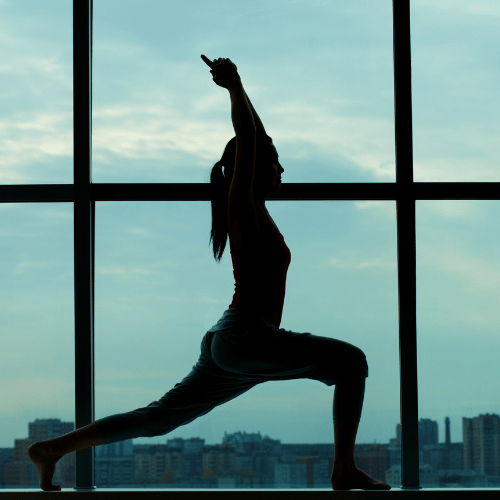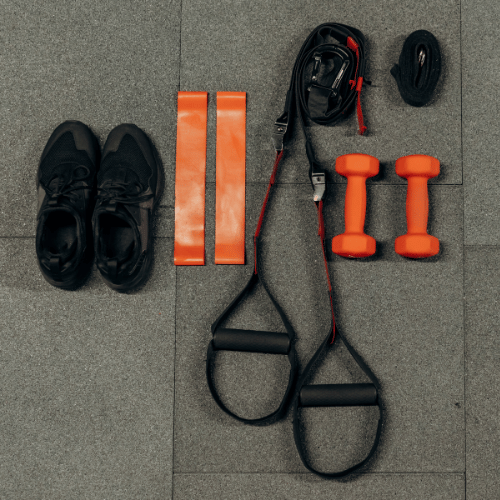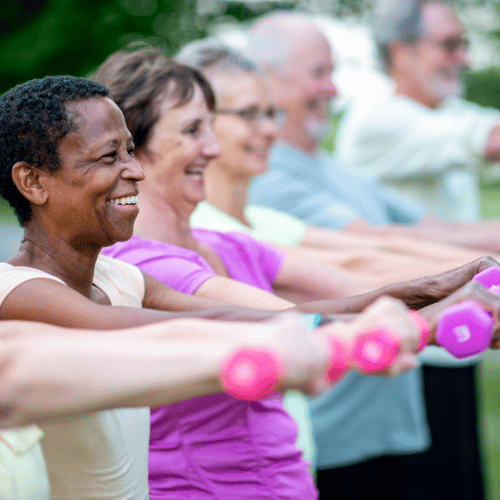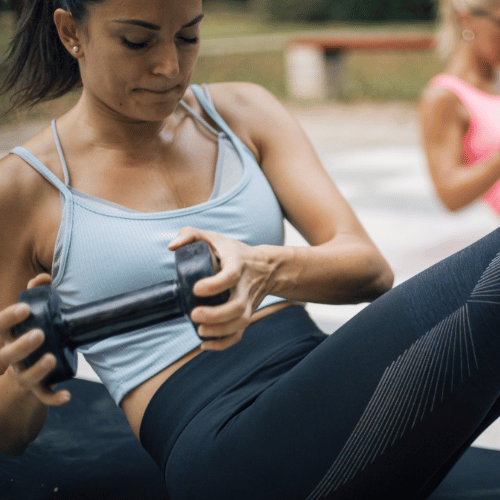- admin
- June 12, 2024
- No Comments
Physical Fitness
Are you looking to improve your physical fitness but unsure where to start? Physical fitness is crucial for maintaining a healthy lifestyle and overall well-being. This article provides detailed information on effective exercise routines, practical fitness tips, and essential physical activity guidelines to help you achieve your fitness goals.
Understanding Physical Fitness
Physical fitness means being able to do daily tasks with the best possible speed, stamina, and strength while also being able to handle stress and fatigue. It includes many things, like:
- Cardiovascular endurance
- Muscle strength
- Flexibility
- Body composition


Key Components of Physical Fitness
1. Cardiovascular Endurance
Cardiovascular endurance is the heart’s, lungs’, and blood vessels’ ability to keep delivering oxygen to your body’s tissues while you work out for a long time. Improving this part can improve health as a whole and lower the risk of getting chronic diseases.
2. Muscular Strength and Endurance
Muscular strength is the most force that a muscle can produce. Muscular endurance is the muscle’s ability to keep contracting over and over again for a long time. Both are important for daily life and functional fitness in general.
3. Flexibility
How much a joint can move is called its flexibility. Getting more flexible can help you do better in sports and lower your risk of getting hurt.
4. Body Composition
The amount of fat and non-fat mass in your body is called your body composition. It is generally thought that a healthy body composition has less body fat and more lean muscle mass.
Effective Exercise Routines
It is important to make sure that your exercise routine covers all areas of physical fitness. Here are a few examples of good exercise plans:
1. Cardiovascular Exercises
Doing cardiovascular exercises will raise your heart rate and make your heart stronger. Some examples are:
- Running or Jogging: Great for improving cardiovascular health and burning calories.
- Cycling: A low-impact exercise that can be done indoors or outdoors.
- Swimming: Provides a full-body workout and is gentle on the joints.
- Jump Rope: An effective cardio workout that can be done anywhere.
2. Strength Training Exercises
Strength training helps you gain muscle mass and keep it off. Some examples are:
- Weight Lifting: Use free weights or machines to perform exercises like squats, deadlifts, and bench presses.
- Bodyweight Exercises: Perform exercises like push-ups, pull-ups, and planks using your body weight for resistance.
- Resistance Bands: Use bands for exercises that target different muscle groups.
3. Flexibility and Stretching Exercises
Flexibility exercises help you move more freely and keep you from getting hurt. Some examples are:
- Yoga: Combines physical postures, breathing exercises, and meditation to enhance flexibility and reduce stress.
- Static Stretching: Hold stretches for 15-30 seconds to improve flexibility.
- Dynamic Stretching: Perform controlled movements to warm up muscles before exercise.


Fitness Tips for a Healthier Lifestyle
Adding fitness tips to your daily routine can help you stay motivated and get better results. Here are some useful tips:
1. Set Realistic Goals
Setting fitness goals that you can actually reach can help you stay motivated and on track. Divide your goals into long-term and short-term goals.
2. Stay Consistent
To get and stay physically fit, you need to be consistent. Set up a workout plan that works for you and stick to it.
3. Listen to Your Body
Pay attention to what your body is telling you. Take a break and let your body heal if you feel pain or discomfort. It’s possible to hurt yourself by pushing through pain.
4. Stay Hydrated
Staying hydrated is important for both performance and recovery. When you work out, during, and after, drink water.
5. Get Enough Rest
Recovery and rest are important parts of any fitness plan. It’s important to get enough sleep and give your muscles time to heal between workouts.
Physical Activity Guidelines
Following guidelines for physical activity can help you figure out how much and how hard you need to work out to get health benefits. The following guidelines come from the World Health Organization (WHO):
1. For Adults (18-64 years)
- Aerobic Activity: Do at least 150 to 300 minutes of moderate-intensity aerobic activity or 75 to 150 minutes of vigorous-intensity aerobic activity each week.
- Muscle-Strengthening Activities: Do activities that use large muscle groups at least twice a week.
2. For Children and Adolescents (5-17 years)
- Physical Activity: Doing moderate to vigorous physical activity for at least an hour every day.
- Muscle and Bone-Strengthening Activities: Do these things at least three times a week.
3. For Older Adults (65+ years)
- Aerobic Activity: The same as for adults, with a focus on activities that make you more balanced and less likely to trip and fall.
- Muscle-Strengthening Activities: Do activities that use large muscle groups at least twice a week.


Conclusion
Being physically fit is important for living a healthy life and improving your overall health. You can reach and keep your ideal fitness level by incorporating effective exercise routines, following useful fitness tips, and following physical activity guidelines. Start today, stick with it, and enjoy all the benefits of living a fit and healthy life.







